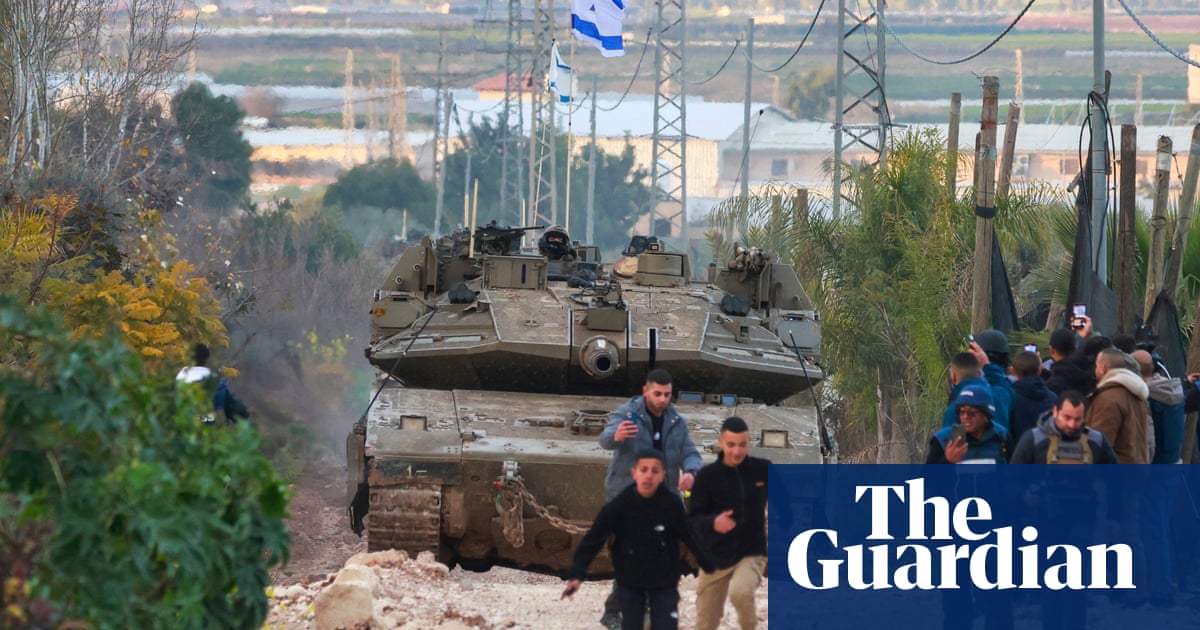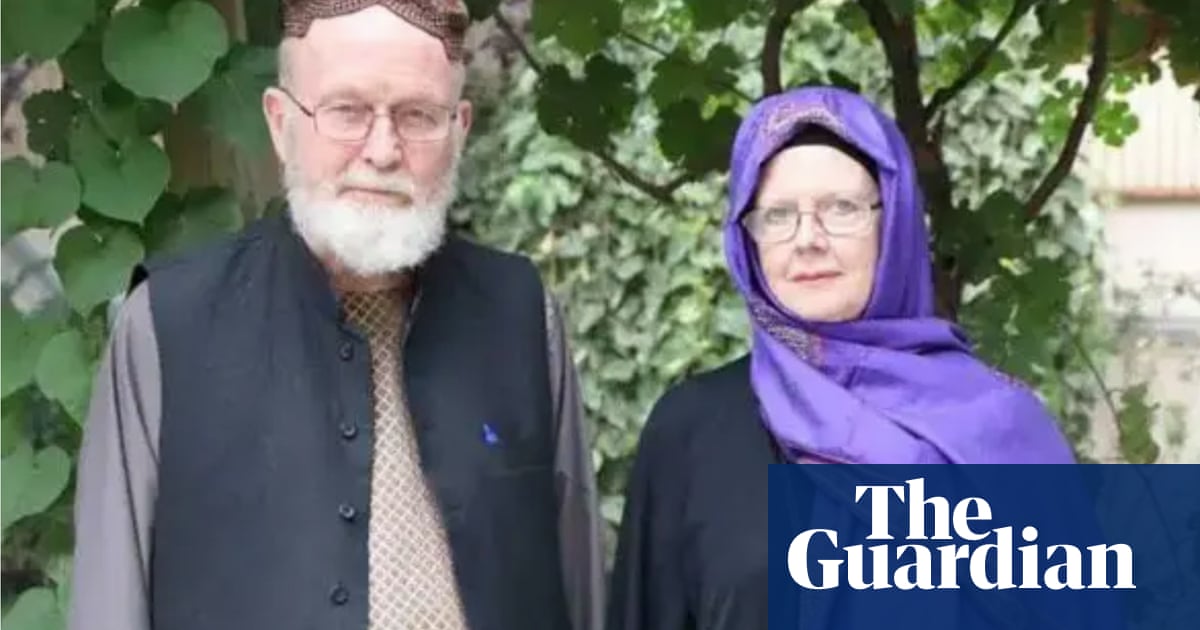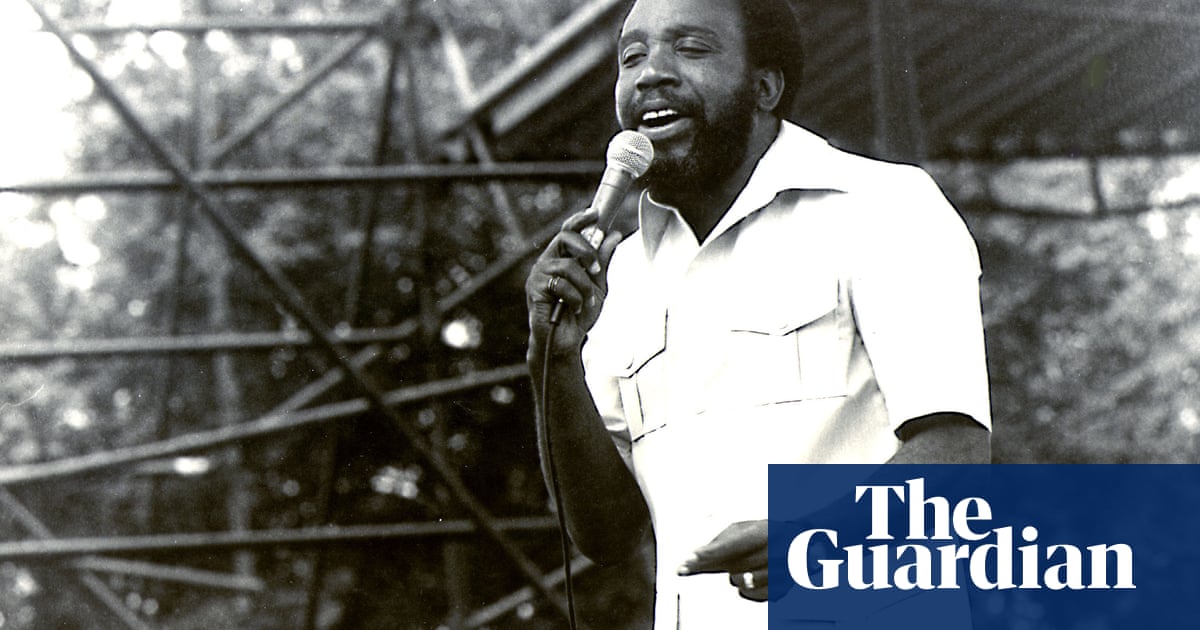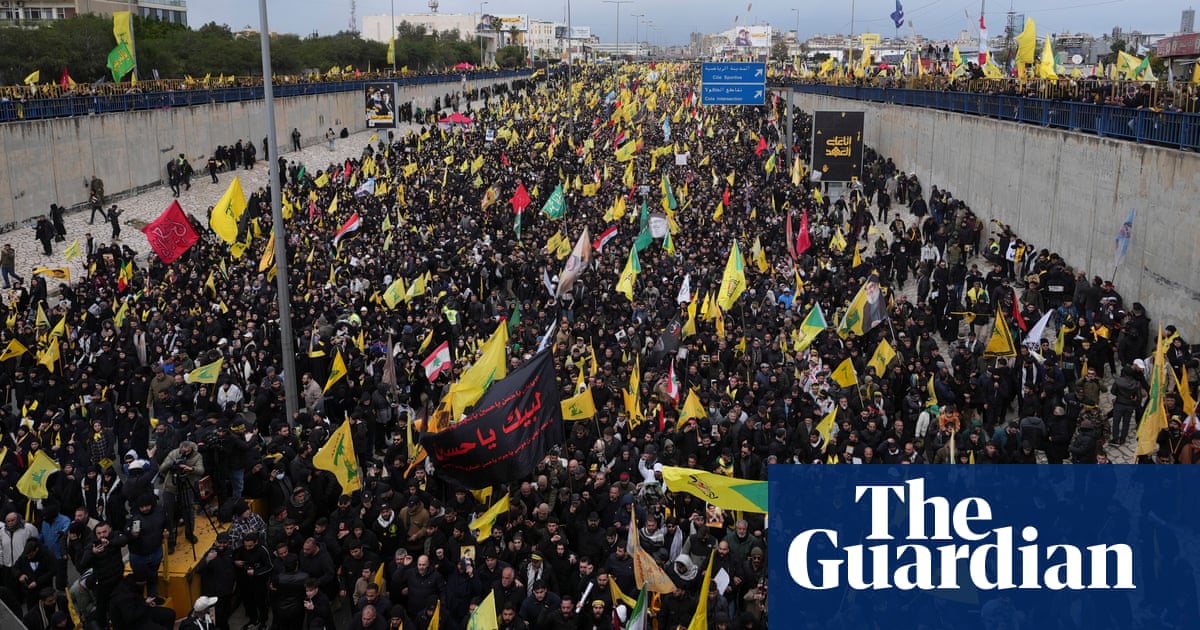Now that the dust has settled, quite literally, following the ceasefire agreement between Hezbollah and Israel, it is crucial to ask whether this deal will last – because, let’s face it, we’ve been here before.
In 2006, Hezbollah and Israel fought viciously for more than a month for reasons not dissimilar to today’s context. By conducting a cross-border raid against Israeli troops, Hezbollah sought to alleviate some pressure on Hamas, which was battling with Israel in Gaza. The operation backfired, triggering a devastating conflict that led to the killing of roughly 1,100 Lebanese and 160 Israelis, and to massive displacement and damage to infrastructure in southern Lebanon. At home, Hezbollah was heavily criticised by most of Lebanese society for its unilateral decision, but, as always, it evaded accountability thanks to its guns.
That time, a combination of military fatigue, lack of an exit strategy and US-led international pressure brought an end to the Israel-Hezbollah hostilities on 14 August. However, no solid plan was devised to prevent the fighting from happening again.
UN Resolution 1701 called for all the right things: the deployment of Lebanese troops and UN peacekeepers to southern Lebanon, the withdrawal of the Israeli army and Hezbollah from that same area and the disarmament of the latter – yet hardly any of them materialised. Israel regularly violated Lebanese sovereignty and airspace; Hezbollah quickly rearmed and built an extensive military infrastructure in southern Lebanon; the Lebanese army never deployed; and UN troops were only given a symbolic mandate.
In principle, the current ceasefire is not dramatically different from 1701. The Israeli army is expected to withdraw from southern Lebanon as Hezbollah pulls its fighters and arms from the border area by about 20 miles to the north of the Litani river. A truce of 60 days will ensue, during which the Lebanese army will deploy about 5,000 personnel to the border and join the existing UN peacekeeping force. During this transition phase, Lebanon and Israel, with international assistance, will negotiate the vital issue of land border demarcation to remove an important source of friction between them.
This sounds like deja vu, right? After all, Hezbollah is not disarmed and retains sufficient combat capacity to hurt Israel and prevent its residents in the north from returning to their homes – a key objective of the Israeli government; Israel has the green light from the US to attack the group whenever it deems necessary; and it’s not at all clear if the roles of the Lebanese army and the UN force will be any more effective this time around. This also assumes that the Lebanese army receives the financial support it desperately needs from friendly international powers, including the US, France and the UK, to adequately deploy (the Lebanese government cannot provide that kind of funding due to the country’s economic collapse).
Some will point to the fact that a new and more robust monitoring mechanism, in which the US and France act as referees, will make a return to arms between Israel and Hezbollah less likely. Such diplomatic muscle undergirding the agreement can be helpful, but I don’t think it will be a decisive or transformative factor.
Indeed, the enhanced diplomatic structure of 1701 isn’t the real reason why things look different this time around. Instead, it is the entire strategic environment that has considerably changed, in large part in Israel’s favour, due to its relentless military machine and virtually unconditional US support. Israel has never used its military might like this before, nor has Washington provided it with such unreserved support.
Hezbollah and its ally Iran will never admit it, but they have suffered a strategic setback. Their aim was to link all the regional battlefields in which Iran had influence to bleed and overwhelm Israel. But Israel has blocked that goal, rather successfully, through brute force.
Until very recently, Hezbollah’s condition to stop its attacks was for Israel to end its campaign against Hamas. Yet by agreeing to the terms of the ceasefire, which clearly dissociates Lebanon from Gaza, Hezbollah has essentially abandoned Hamas and with it the whole notion of strategic interdependence, at least for now.
Hezbollah didn’t come to this conclusion alone. Iran saw how its ally was getting battered by Israel, and like a good corner in a boxing match threw the towel in the ring to prevent its boxer from getting crushed.
Of course, none of this means that Israel has achieved a lasting victory, or that Iran won’t find a way to rehabilitate its regional network of militias. But this time, given the magnitude of the damage, physical and psychological, that Israel has inflicted on its adversaries, it will take a much longer time than before. Risk-averse Iran also has to think twice about how Israel might react to even the attempt to resurrect its regional strategy.
Donald Trump, the president-elect, will sustain US support for Israel, but he will return to the Oval Office in January with a desire to end wars in the Middle East (and possibly in Ukraine). If his goal is to expedite a peace deal while isolating Iran and its allies, there is no better way to achieve that than by the expansion of the Abraham accords, which Trump can take credit for starting in his first term.
An expanded Abraham accords could ultimately grant the Palestinians an independent state and normalise relations between Saudi Arabia (and with it the Arab and Muslim worlds) and the Jewish state. That kind of peace will be far more powerful and lasting than any temporary deterrent Israel will create through military force.
-
Bilal Y Saab, an associate fellow with Chatham House, is the head of the US-Middle East practice of Trends Research & Advisory
-
Do you have an opinion on the issues raised in this article? If you would like to submit a response of up to 300 words by email to be considered for publication in our letters section, please click here.

 2 months ago
57
2 months ago
57













































